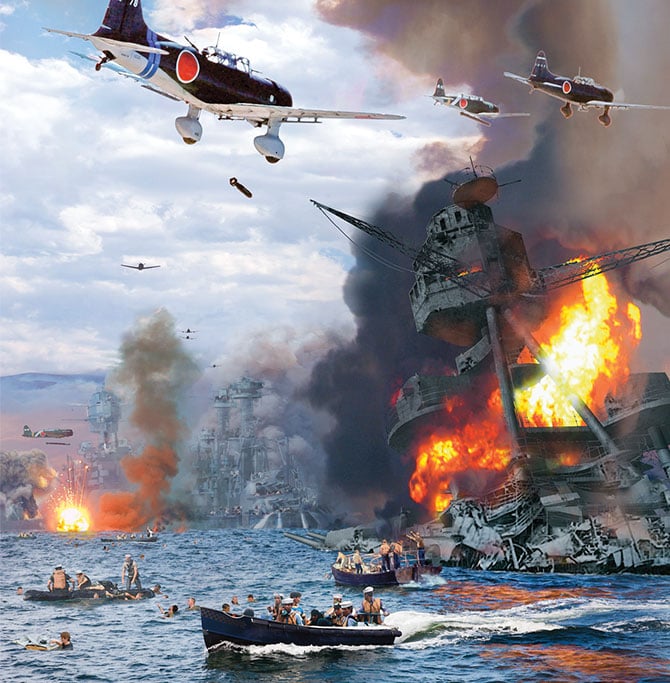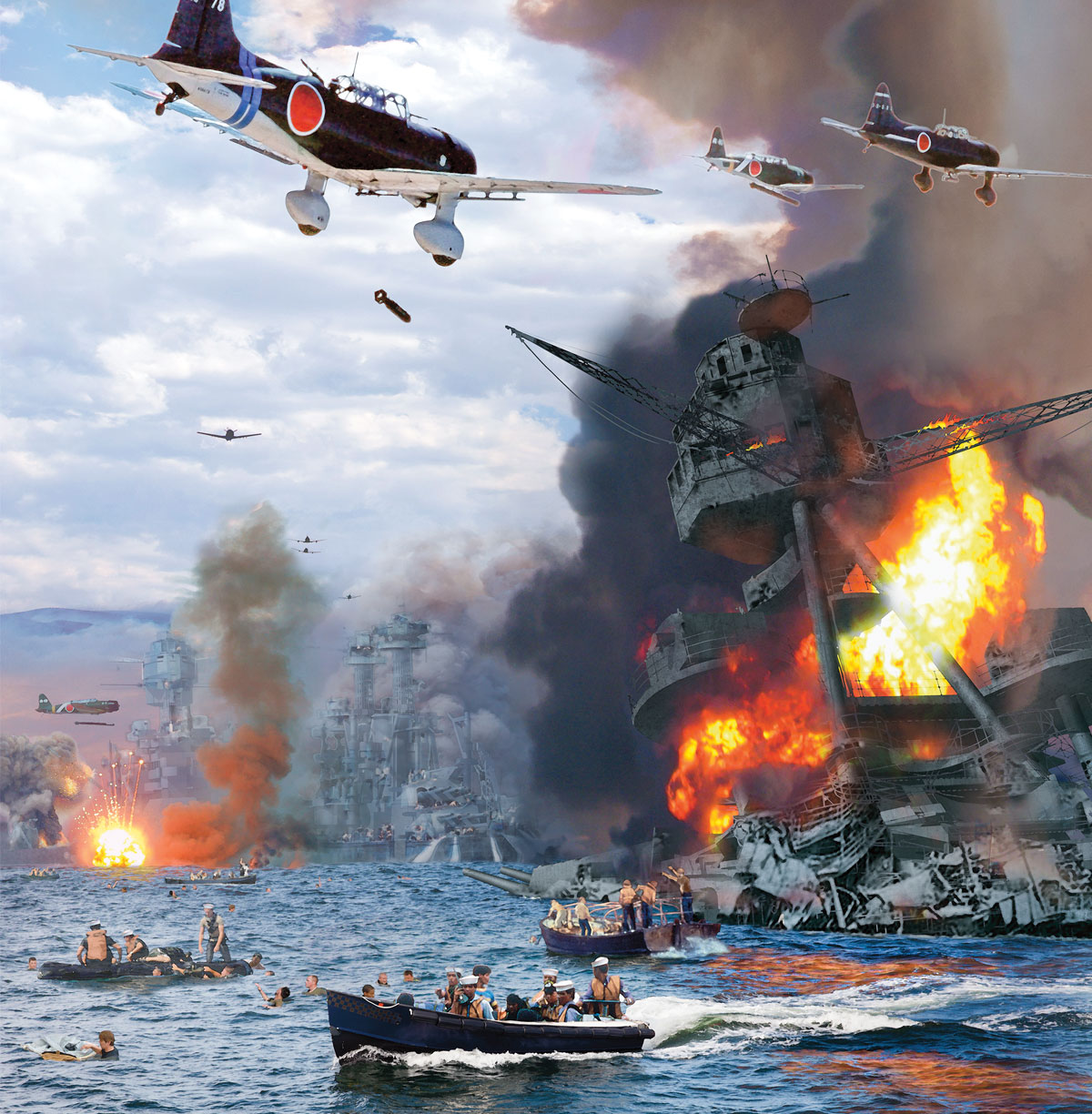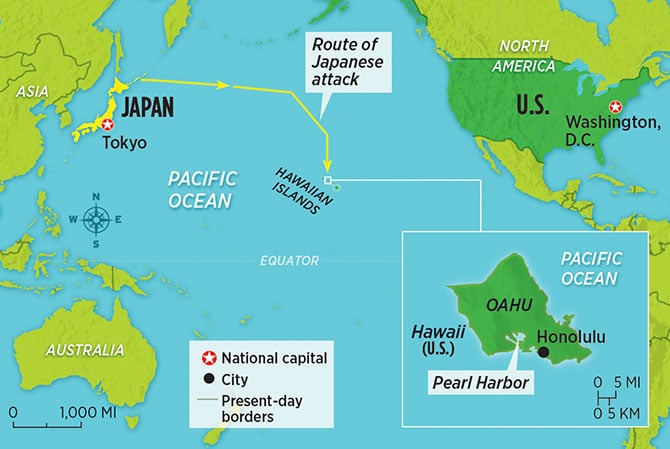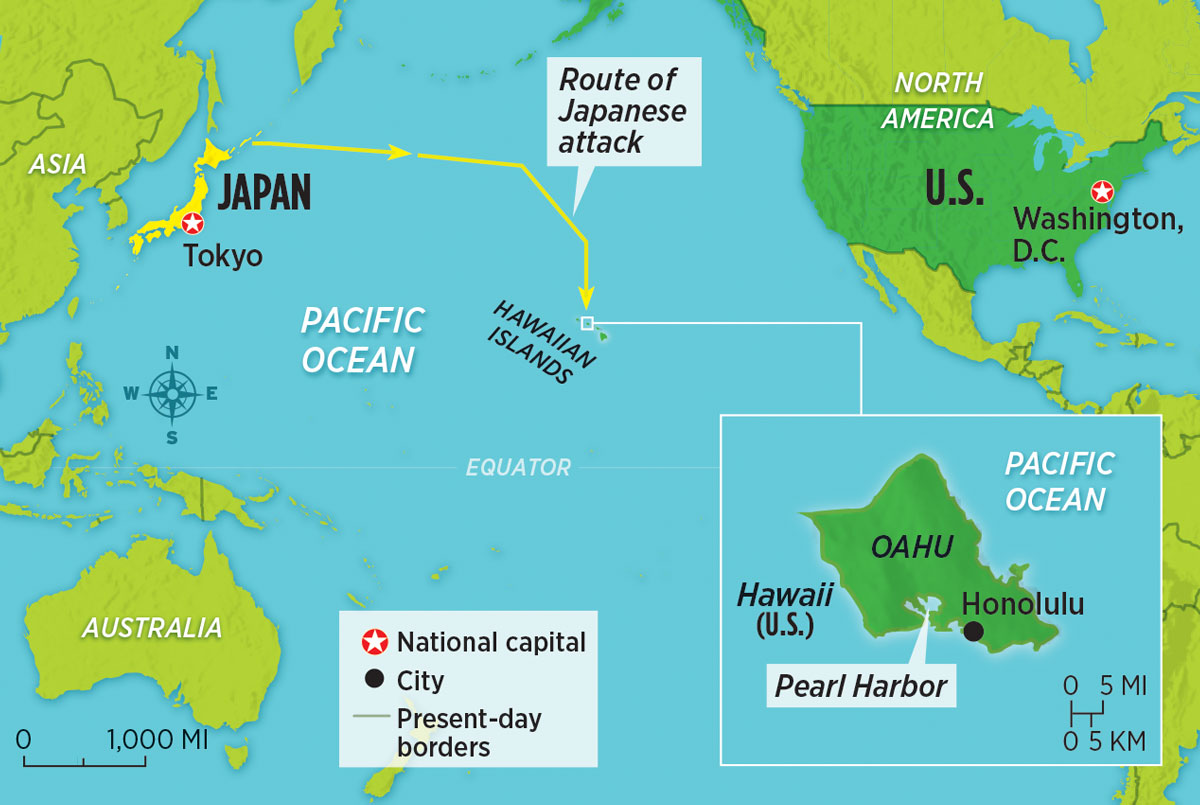George Elliott, private at a U.S. military radar station, Oahu, Hawaii
Joseph Lockard, private at a U.S. military radar station, Oahu, Hawaii
Adolph Mortensen, a junior officer aboard the USS Oklahoma
John Austin, chief carpenter aboard the USS Oklahoma; Mortensen’s best friend
Voice over a ship’s loudspeaker
Dorie Miller, a sailor on the USS West Virginia
Mervyn Bennion, captain of the USS West Virginia
*Sailor
Annie Fox, chief nurse
*Nurse
Franklin D. Roosevelt, U.S. president (1933-1945)
Narrators A-E
*Indicates a fictional or composite character. All others were real people.









